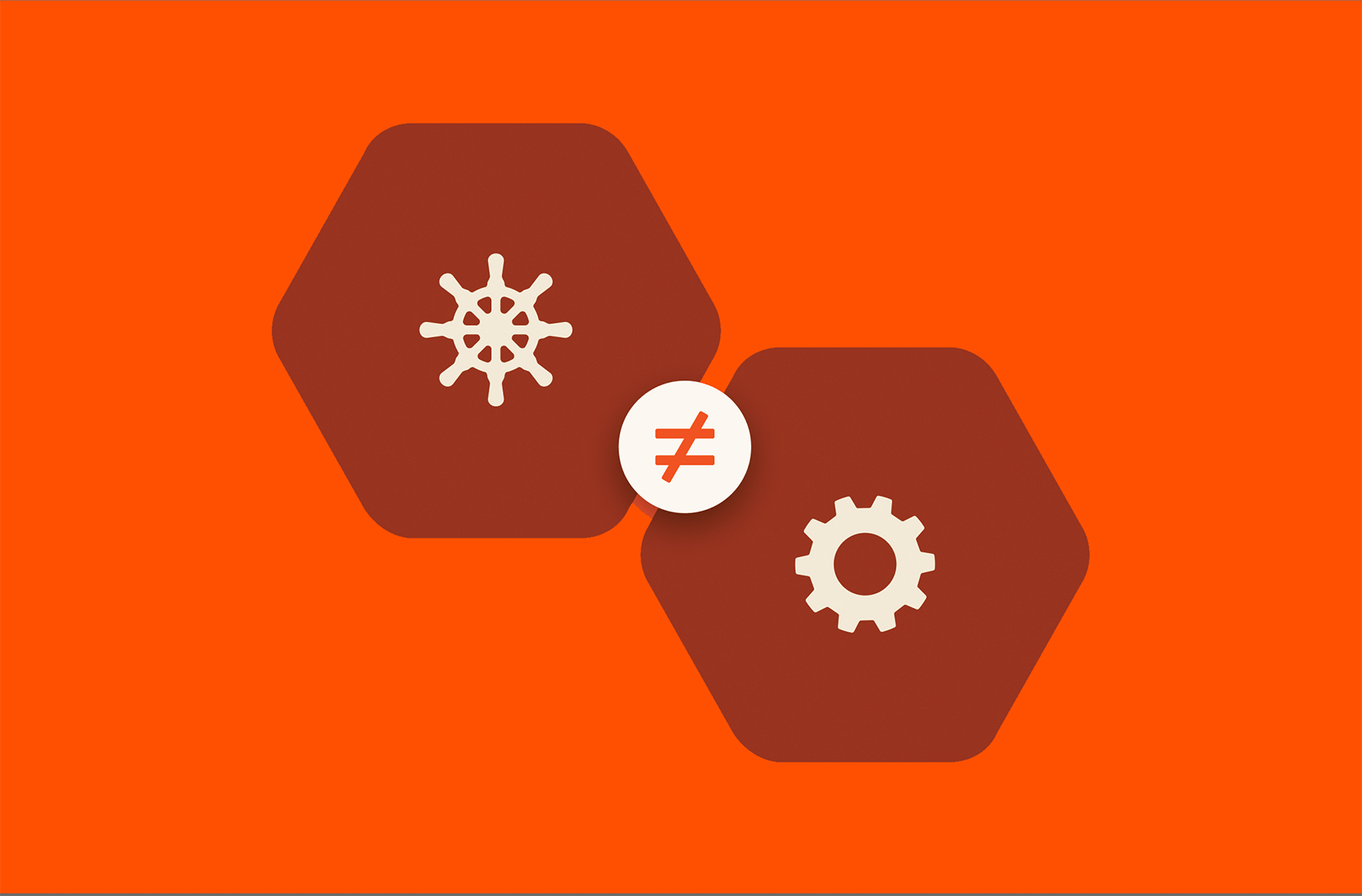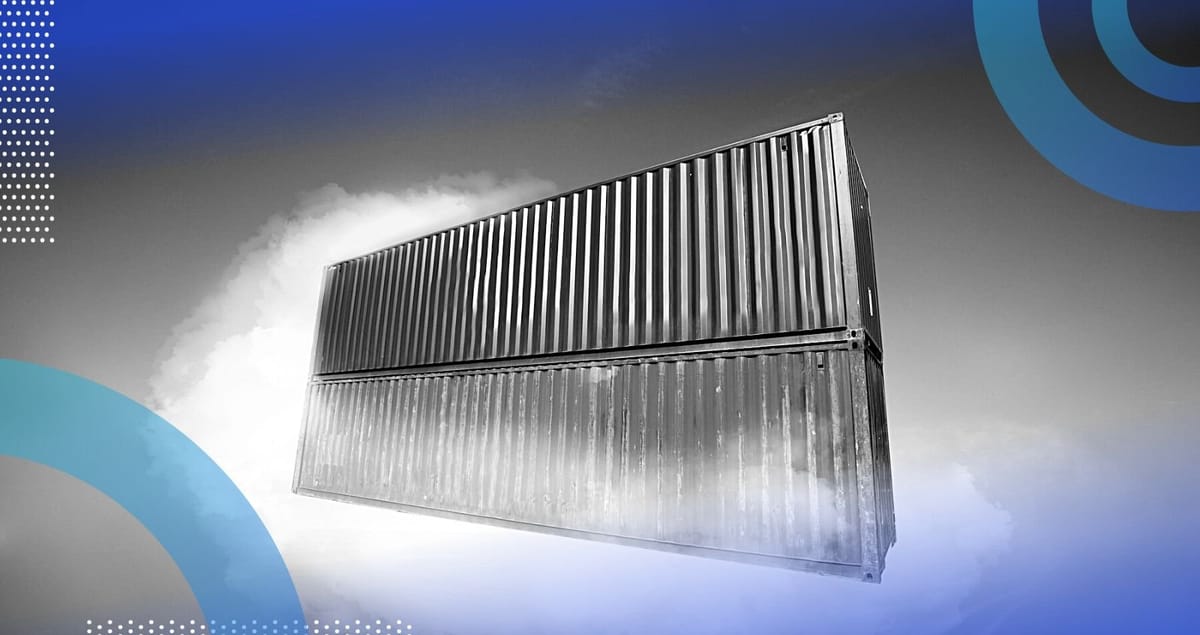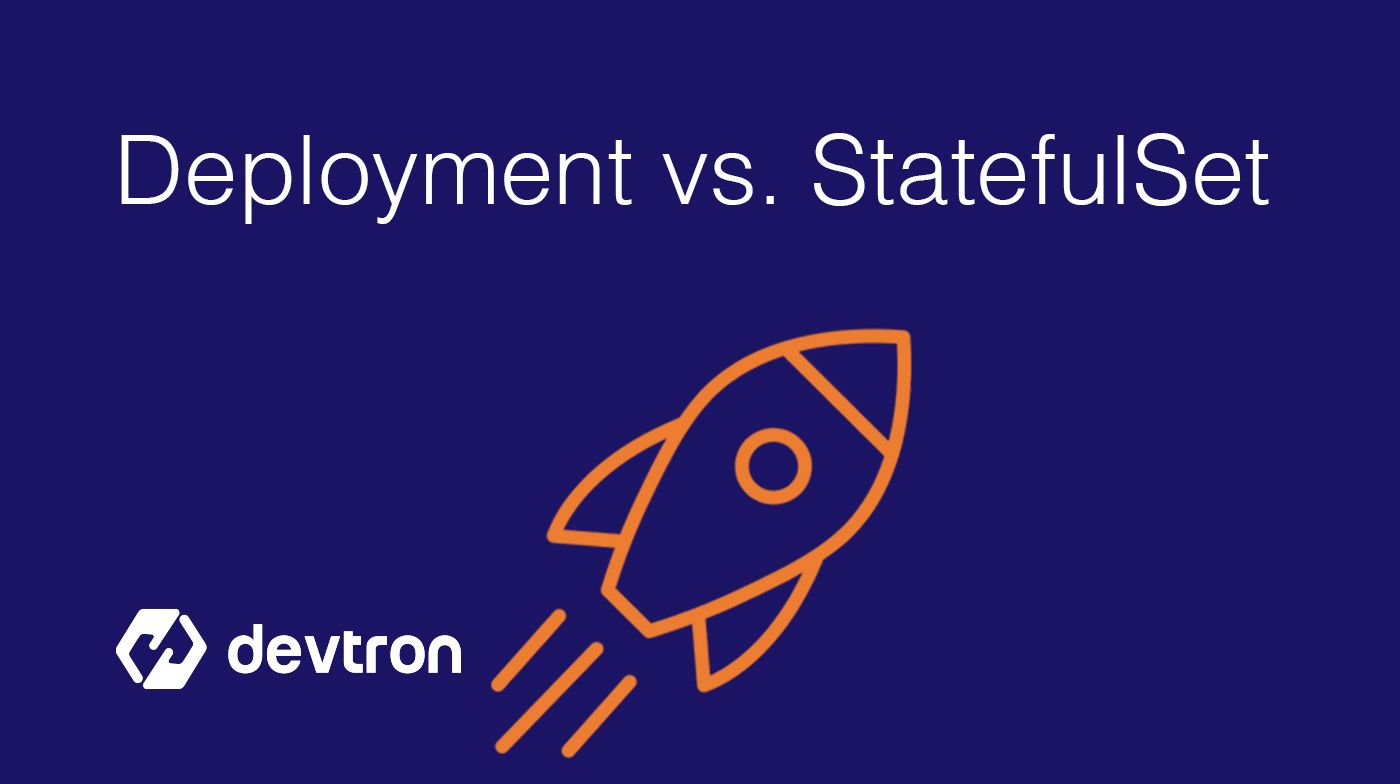Kubernetes Deployments vs StatefulSets: Which to Choose?
This article explores the key differences between Kubernetes Deployments and StatefulSets, helping you determine the optimal approach for deploying your applications.
This article explores the key differences between Kubernetes Deployments and StatefulSets, helping you determine the optimal approach for deploying your applications.
In the realm of container orchestration with Kubernetes, managing application state is crucial. Kubernetes offers two powerful constructs, Deployments and StatefulSets, each tailored for specific use cases. This article delves into the distinctions between these two, empowering you to make informed decisions for your applications.
Let's break down the differences between Kubernetes Deployments and StatefulSets:
Deployments:
apiVersion: apps/v1
kind: Deployment
# ... other configurationsStatefulSets:
web-0, web-1) and stable network identifiers.apiVersion: apps/v1
kind: StatefulSet
# ... other configurationsKey Differences:
When to Use:
The code provides examples of Kubernetes Deployment and StatefulSet configurations. The Deployment example demonstrates launching a stateless Nginx web server with 3 replicas. The StatefulSet example shows the creation of a stateful MySQL database with 3 instances, each having unique network identities, persistent storage, and ordered deployment and termination. The code highlights that Deployments are suitable for stateless applications, while StatefulSets are appropriate for stateful applications requiring data persistence and stable identities.
Here are code examples demonstrating the differences between Deployments and StatefulSets:
1. Deployment (Stateless Web Server):
apiVersion: apps/v1
kind: Deployment
metadata:
name: nginx-deployment
spec:
replicas: 3
selector:
matchLabels:
app: nginx
template:
metadata:
labels:
app: nginx
spec:
containers:
- name: nginx
image: nginx:latest
ports:
- containerPort: 80This Deployment creates 3 identical replicas of an Nginx web server. They are stateless, meaning losing one pod doesn't affect the application's state.
2. StatefulSet (Stateful Database):
apiVersion: apps/v1
kind: StatefulSet
metadata:
name: mysql-statefulset
spec:
serviceName: "mysql"
replicas: 3
selector:
matchLabels:
app: mysql
template:
metadata:
labels:
app: mysql
spec:
containers:
- name: mysql
image: mysql:5.7
env:
- name: MYSQL_ROOT_PASSWORD
value: "password"
volumeMounts:
- name: mysql-persistent-storage
mountPath: /var/lib/mysql
volumeClaimTemplates:
- metadata:
name: mysql-persistent-storage
spec:
accessModes: [ "ReadWriteOnce" ]
resources:
requests:
storage: 20GiThis StatefulSet creates 3 MySQL database instances with the following characteristics:
mysql-0.mysql, mysql-1.mysql, etc.mysql-persistent-storage to store data persistently.Key Takeaways:
This is a basic example. You can further customize both Deployments and StatefulSets with features like rolling updates, resource limits, and health checks to fit your specific application needs.
| Feature | Deployment | StatefulSet |
|---|---|---|
| Purpose | Stateless applications | Stateful applications |
| Pod Identity | Interchangeable, no guaranteed identity | Unique ordinal index, stable network ID |
| Storage | Shared PersistentVolumeClaims | Dedicated PersistentVolumeClaim per pod |
| Ordering | No guaranteed order | Ordered creation and termination of pods |
| Use Cases | Web servers, microservices | Databases, message queues, distributed systems |
In a nutshell:
Choosing the right Kubernetes object for your application is essential for its reliability and scalability. Deployments excel in managing stateless applications where each instance is identical and data persistence isn't critical. Their simplicity and efficiency make them ideal for web servers, microservices, and similar workloads. Conversely, StatefulSets shine when dealing with stateful applications that demand persistent storage, unique identities, and ordered operations. Databases, message queues, and distributed systems benefit from the guarantees provided by StatefulSets, ensuring data consistency and reliable operation. Understanding the core differences between these two constructs empowers you to make informed decisions, leveraging the power of Kubernetes to orchestrate both stateless and stateful applications effectively.
 Kubernetes StatefulSet vs. Deployment with Use Cases | See the differences between Kubernetes StatefulSet vs. Deployment. Including the table comparison and use cases for each.
Kubernetes StatefulSet vs. Deployment with Use Cases | See the differences between Kubernetes StatefulSet vs. Deployment. Including the table comparison and use cases for each. Kubernetes Statefulset vs Deployment with Examples | Refine | We'll discuss the practical differences between Deployments and StatefulSets.
Kubernetes Statefulset vs Deployment with Examples | Refine | We'll discuss the practical differences between Deployments and StatefulSets. Kubernetes Deployment vs StatefulSet: Which is Right for You? | Learn how Kubernetes Deployments and StatefulSets are used to automatically provision applications, and which will work best for your use case.
Kubernetes Deployment vs StatefulSet: Which is Right for You? | Learn how Kubernetes Deployments and StatefulSets are used to automatically provision applications, and which will work best for your use case. Deployment vs. StatefulSet | Pure Storage Blog | Deployment vs. StatefulSet: Let's take a look at two tools in Kubernetes that help you orchestrate and scale containerized workloads.
Deployment vs. StatefulSet | Pure Storage Blog | Deployment vs. StatefulSet: Let's take a look at two tools in Kubernetes that help you orchestrate and scale containerized workloads. Kubernetes 101: Statefulset vs Deployment | Built In | Two commonly used resources in Kubernetes are Statefulsets and Deployments. Explore the differences between the two and learn which to use for your application.
Kubernetes 101: Statefulset vs Deployment | Built In | Two commonly used resources in Kubernetes are Statefulsets and Deployments. Explore the differences between the two and learn which to use for your application. StatefulSets | Kubernetes | A StatefulSet runs a group of Pods, and maintains a sticky identity for each of those Pods. This is useful for managing applications that need persistent storage or a stable, unique network identity.
StatefulSets | Kubernetes | A StatefulSet runs a group of Pods, and maintains a sticky identity for each of those Pods. This is useful for managing applications that need persistent storage or a stable, unique network identity. Kubernetes StatefulSet vs Kubernetes Deployment | The deployment object in Kubernetes is generally used for deploying your applications onto Kubernetes.
Kubernetes StatefulSet vs Kubernetes Deployment | The deployment object in Kubernetes is generally used for deploying your applications onto Kubernetes. Kubernetes Deployment vs. StatefulSets | Baeldung on Ops | In this tutorial, we'll discuss two different ways to deploy our application(pods) on Kubernetes using two resources provided by Kubernetes: Deployment and StatefulSet.
Kubernetes Deployment vs. StatefulSets | Baeldung on Ops | In this tutorial, we'll discuss two different ways to deploy our application(pods) on Kubernetes using two resources provided by Kubernetes: Deployment and StatefulSet.